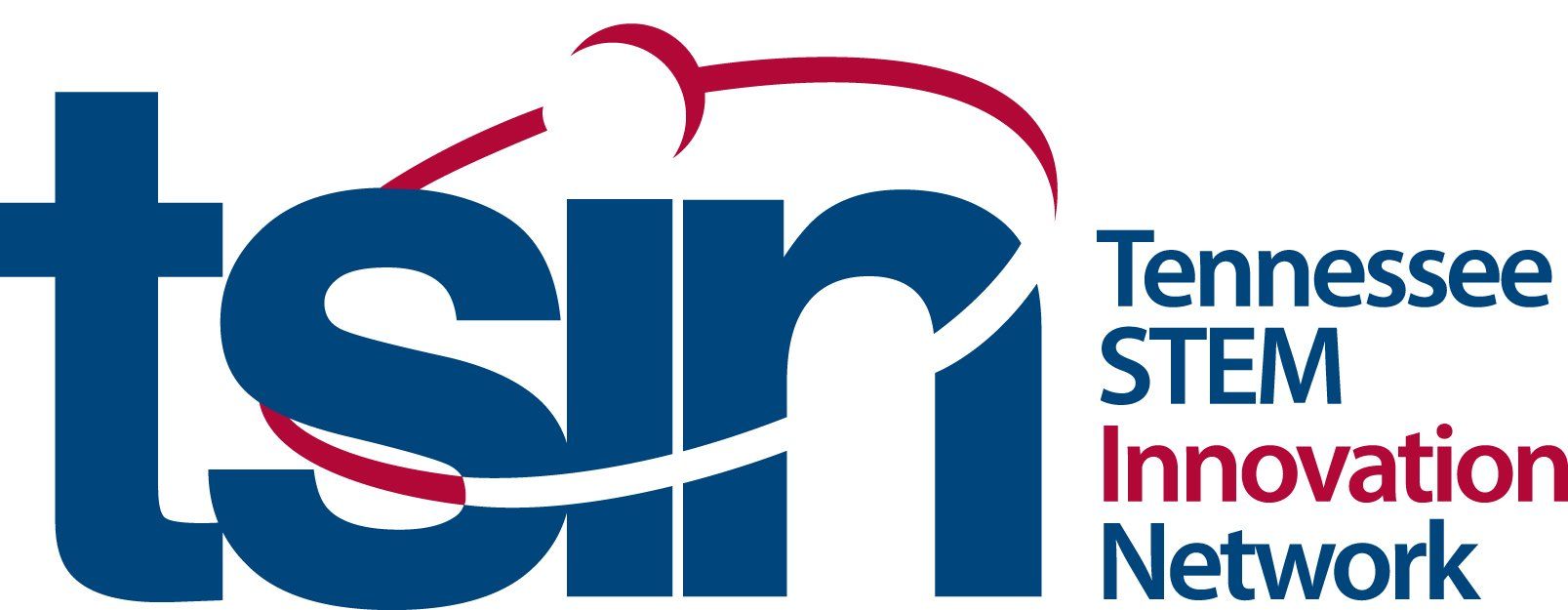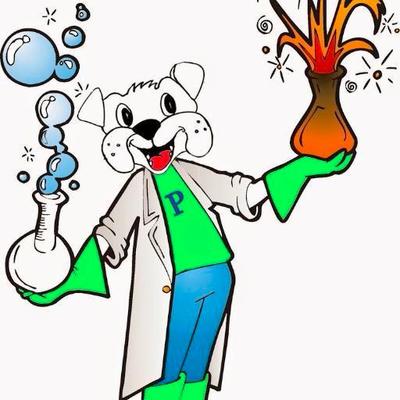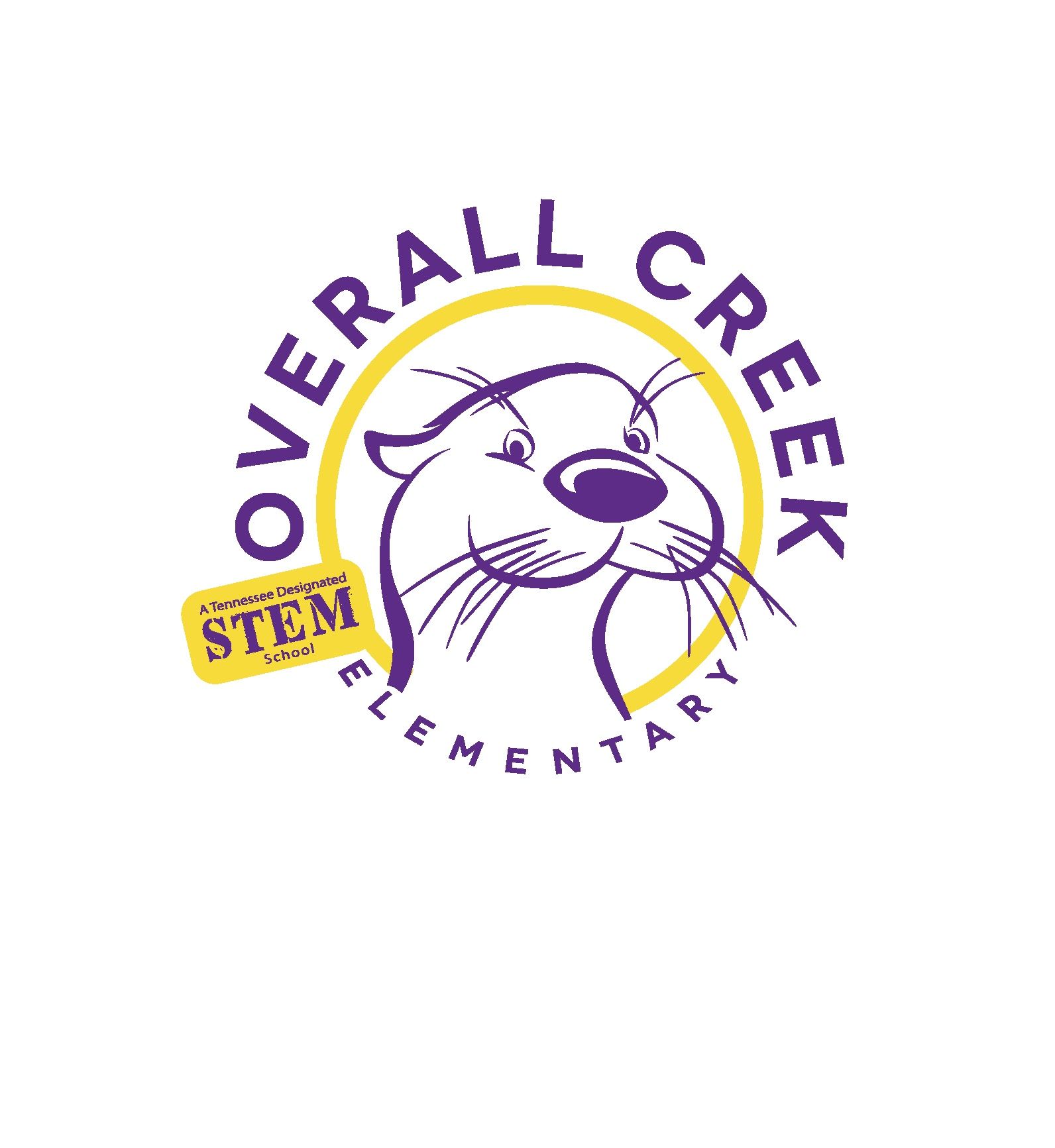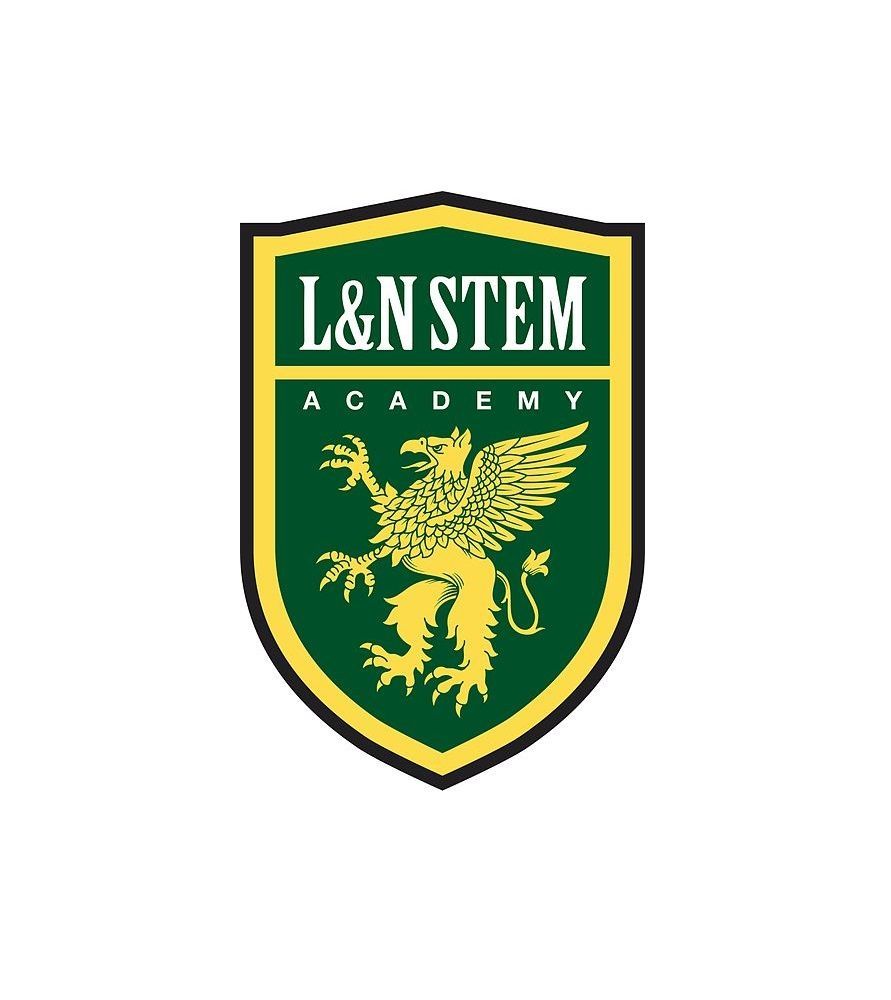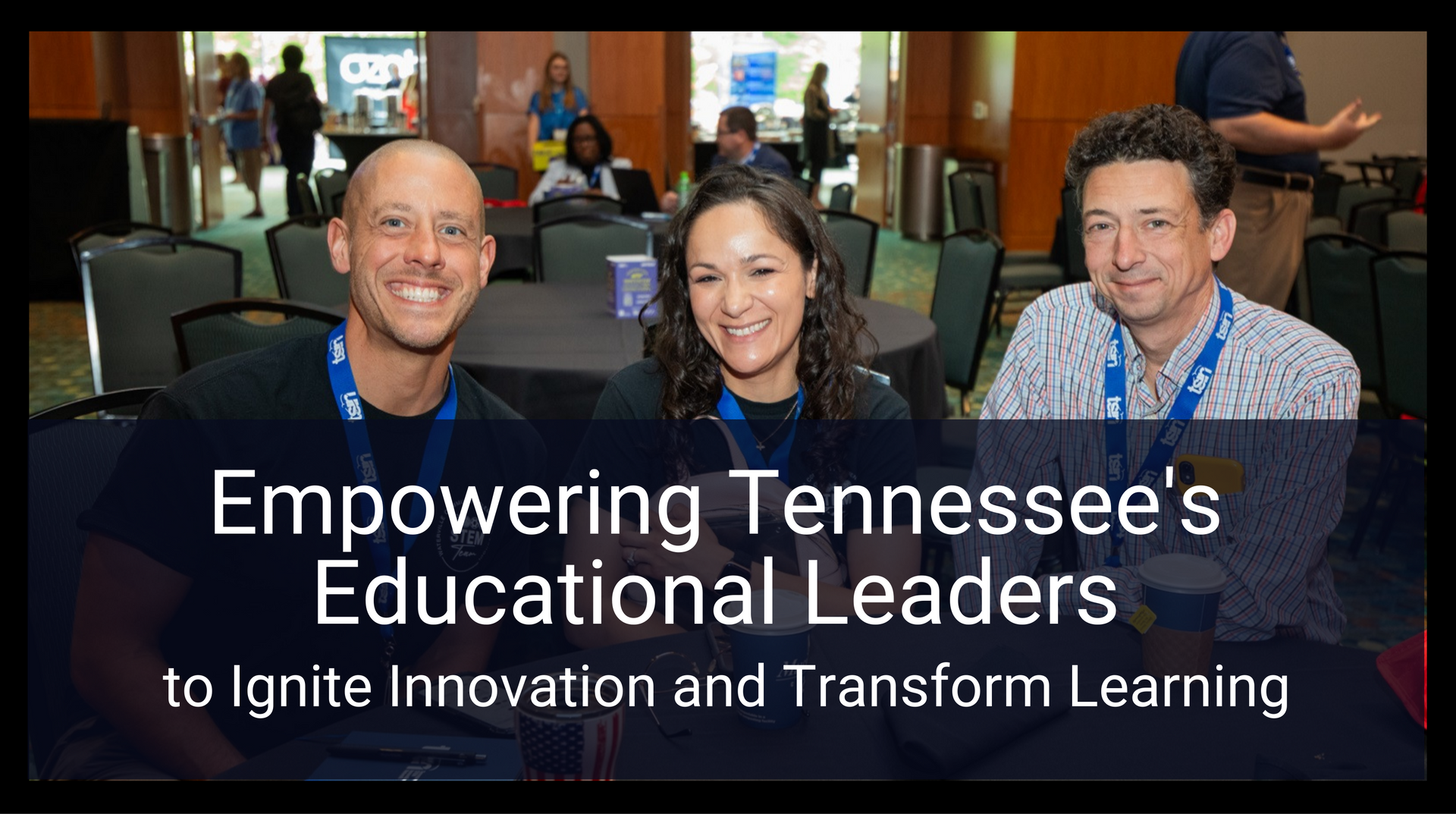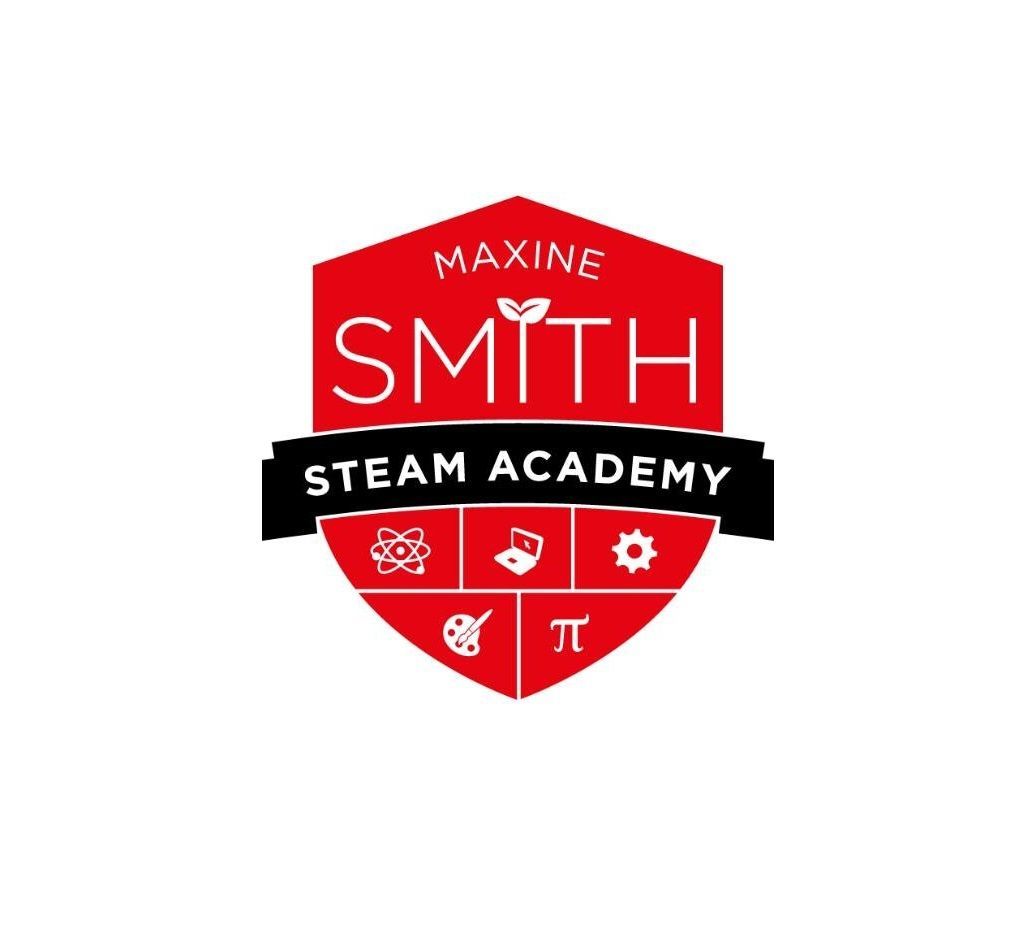Inspiring and Informative: Key Takeaways from February’s STEM School Tours
Takeaway #1 – Performance task assessment is a powerful tool in promoting 21st century learning. As we entered STEM School Chattanooga, two sophomore students greeted us and announced that they were our tour guides. These two articulate young ladies walked us through the halls of STEM School and eloquently explained the different facets to the […]Read more The post Inspiring and Informative: Key Takeaways from February’s STEM School Tours appeared first on Tennessee STEM Innovation Network.
Takeaway #1 – Performance task assessment is a powerful tool in promoting 21 st century learning.
As we entered STEM School Chattanooga, two sophomore students greeted us and announced that they were our tour guides. These two articulate young ladies walked us through the halls of STEM School and eloquently explained the different facets to the instructional approach the school takes. The students were particularly passionate about the school’s PBL (problem-based learning) tasks that each grade level is assigned. The PBL curricular units revolve around the school’s three tenets of STEM – collaboration, critical thinking, and innovation. It was clear that these two students felt the PBL process incorporated all three tenets of STEM and prepared them by providing transferrable, life-long skills they can use in approaching any problem or task that lies ahead and by connecting them with community partners to help them further develop their solutions. STEM School’s mission statement to develop and share their approach to a world-class education can been seen in Principal Donen’s willingness to post each grade level’s PBL units on their website. You can review the 50+ PBL units here. STEM School opens their doors often to stakeholders interested in touring their campus, learning about their college credit courses, mastery-based grading, and student-centered instructional approach. Learn more about how to schedule a tour here.
Takeaway #2 – Experimentation and innovation are catalysts for beginning STEM programs.
Pope John Paul II High School (JP2) in Hendersonville, TN knew there was need to incorporate STEM learning into their academic programming. Students at JP2 were performing academically, however they were struggling with the 21 st century skills that strengthen their communication and problem solving abilities. Jennifer Dye, a JP2 science teacher, wanted to provide an opportunity during the school day for students to explore their interests with teachers who are experts in their field to strengthen those critical skills. By incorporating an innovative trimester schedule, JP2 is able to offer a wide range of STEM courses and local internships for students in grades 10-12. Teachers apply to teach these STEM courses based upon their expertise and areas of study that they find intriguing. The ‘Innov8’ courses meet twice a week for 12 weeks during the school day. Each fall, winter, and spring there is a fresh list of courses students can choose from to explore different fields of study they find interesting. Juniors and seniors are given the opportunity to apply for placement in local internships Ms. Dye has secured throughout the community. For example, the local pediatrics office placed two students in internships at their facility. One student is exploring the medical facet of the pediatric clinic, while the other is discovering how to successfully operate a small business. For more information on how JP2 has used experimentation and innovation to create a program that meets the needs of their unique student body contact Jennifer Dye , Center of Innovation Director.
Takeaway #3 – Openness and commitment are keys to developing a STEM-task-tic Culture.
Jack Anderson Elementary School in Hendersonville, TN has developed a STEM-task-tic culture that can be seen throughout the school. Principal Aldridge explained how they started small to develop their plan to fully integrate STEM into each classroom. The teachers began to change fundamentally how they approached teaching to create innovative thinkers within their students. The school developed six ‘cross-cutting competencies’ that are infused into every classroom: building stamina, identifying and solving problems, participating in respectful dialogue, collaborating, connecting to prior knowledge, and applying metacognitive strategies. Commitment by every teacher to incorporate the cross-cutting competencies into every lesson lead to a deeply-rooted STEM culture within the school. Jack Anderson Elementary has also developed an inclusive relationship with their PTO. On any given day there are 50 to 70 volunteers at JAE ready to help students with literacy skills, help teachers make copies, and help their STEM teacher, Erin Thurston, pre-bag activities for the schools ‘STEM-task-tic Friday’ activities amongst other helpful actions. All students at JAE take part in full-immersion STEM Seminars on a quarterly basis. During these full-day seminars, students work in teams to solve real-world problems using the Engineering Design Process; they research, plan, discuss, design, construct, test, evaluate and revise. The process is concluded with each team presenting its findings. Find out more about JAE activities here.
TSIN offers our great appreciation and gratitude to these three schools who welcomed the public to participate in these informative and inspiring visits. We can’t wait to visit the remaining STEM school programs on our list of upcoming spring tours.
100% of our tour attendees agreed that there was a key takeaway that they could modify to fit the needs of their school/district. If you haven’t taken advantage of touring a STEM school or program, check our tour schedule and sign up here. There are six opportunities remaining during the months of March and April. If you would like for your school to be included in our fall round of tours, fill out our interest form here.
The post Inspiring and Informative: Key Takeaways from February’s STEM School Tours appeared first on Tennessee STEM Innovation Network.
